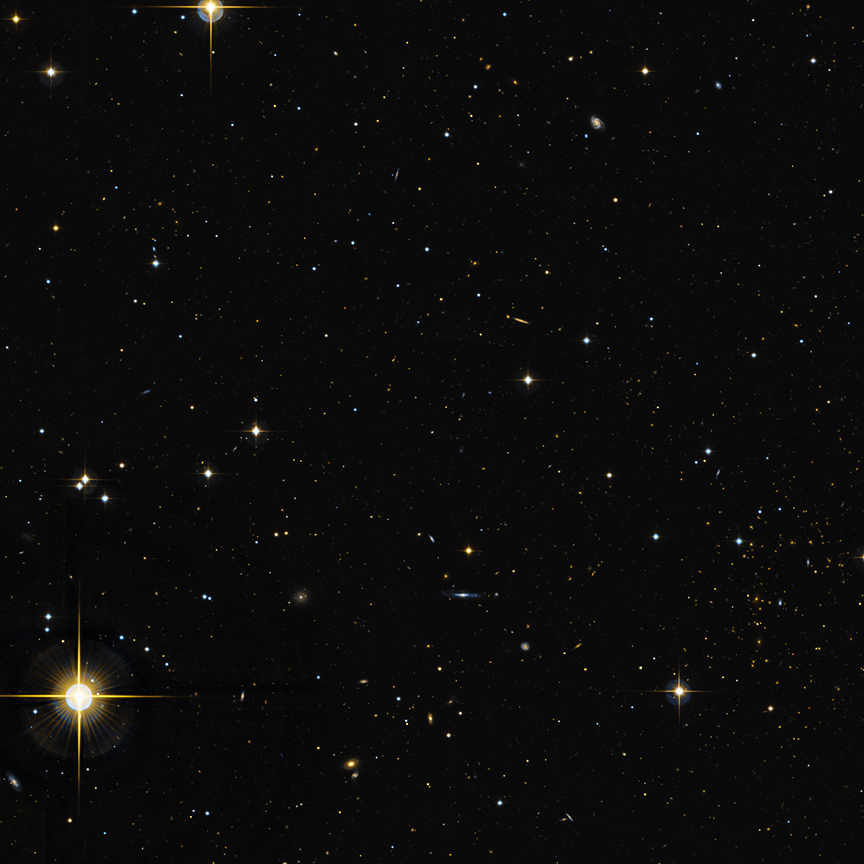CXC Home | Search | Help | Image Use Policy | Latest Images | Privacy | Accessibility | Glossary | Q&A
1
Artist's Illustration of Tidal Disruption Event
This artist's illustration depicts what astronomers call a "tidal disruption event," or TDE, when an object such as a star wanders too close to a black hole and is destroyed by tidal forces generated from the black hole's intense gravitational forces. A trio of X-ray telescopes including Chandra witnessed a TDE that has lasted more than a decade, much longer than any previously observed TDE. This implies that the event involved either the most massive star to be completely ripped apart and devoured by a black hole or the first instance where a smaller star was completely ripped apart.
(Credit: NASA/CXC/M.Weiss)
This artist's illustration depicts what astronomers call a "tidal disruption event," or TDE, when an object such as a star wanders too close to a black hole and is destroyed by tidal forces generated from the black hole's intense gravitational forces. A trio of X-ray telescopes including Chandra witnessed a TDE that has lasted more than a decade, much longer than any previously observed TDE. This implies that the event involved either the most massive star to be completely ripped apart and devoured by a black hole or the first instance where a smaller star was completely ripped apart.
(Credit: NASA/CXC/M.Weiss)
2
X-ray & Optical Images of XJ1500+0154
Among observed TDEs, this event involved either the most massive star to be completely ripped apart and devoured by a black hole or the first instance where a smaller star was completely ripped apart. The resulting X-ray source is known as XJ1500+154 and is located in a small galaxy about 1.8 billion light years from Earth. The optical image shows this galaxy and a cross to mark the location of XJ1500+0154. This image reveals that XJ1500+0154 is found in the center of the galaxy, implying that the source likely originates from a supermassive black hole that resides there. The Chandra image shows XJ1500+0154 covering the same field.
(Credit: X-ray: NASA/CXC/UNH/D.Lin et al. Optical: CFHT)
Among observed TDEs, this event involved either the most massive star to be completely ripped apart and devoured by a black hole or the first instance where a smaller star was completely ripped apart. The resulting X-ray source is known as XJ1500+154 and is located in a small galaxy about 1.8 billion light years from Earth. The optical image shows this galaxy and a cross to mark the location of XJ1500+0154. This image reveals that XJ1500+0154 is found in the center of the galaxy, implying that the source likely originates from a supermassive black hole that resides there. The Chandra image shows XJ1500+0154 covering the same field.
(Credit: X-ray: NASA/CXC/UNH/D.Lin et al. Optical: CFHT)
Tidal Disruption (February 6, 2017)








